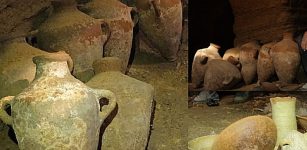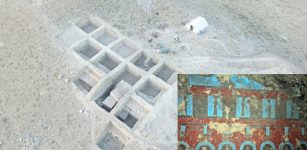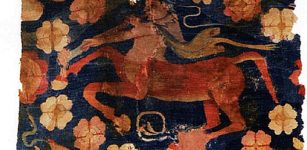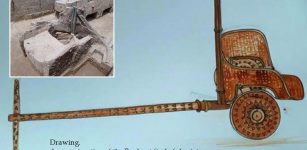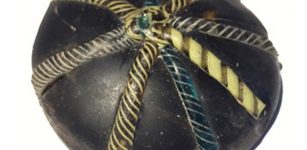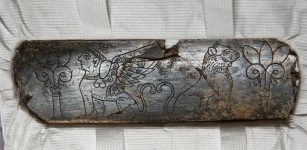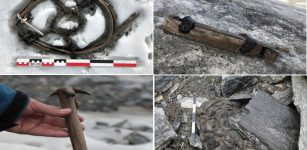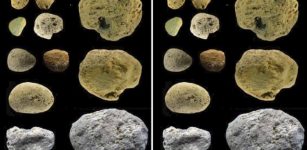Massive Fortress Buhen In Ancient Capital Of Egyptian Nubia
AncientPages.com - Buhen was an ancient Egyptian settlement situated on the West bank of the Nile below the Second Cataract and between Lower and Upper Nubia and capital of Egyptian Nubia.
The town Buhen is mainly associated with a massive fortress, probably constructed during the rule of Senusret III in around 1860 BC (12th dynasty).
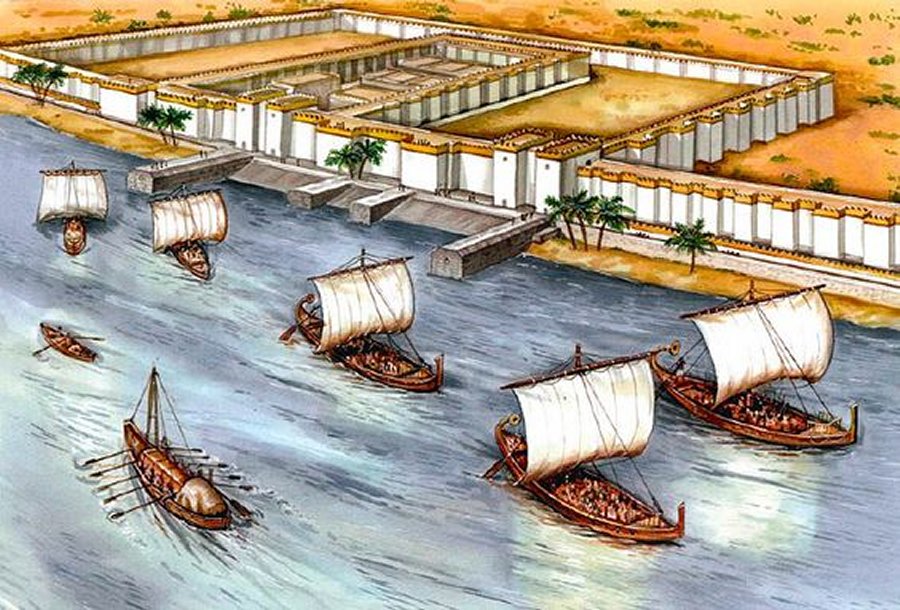
It is believed that Buhen may have been established during the reign of Sneferu (Snofru) (4th dynasty). However, there is evidence of still earlier occupation at Buhen around the 2nd dynasty. Image credit: militar.org.ua
The walls of the fortress were made of brick and stone walls, approximately 5m (16ft) thick and 10 meters (33ft) high.
This large structure covered an area of 13,000 square meters (140,000 sq ft) and extended more than 150 meters (490 ft) along the west bank of the Nile. Within its walls, there was a small town with a population of about 3500 people.
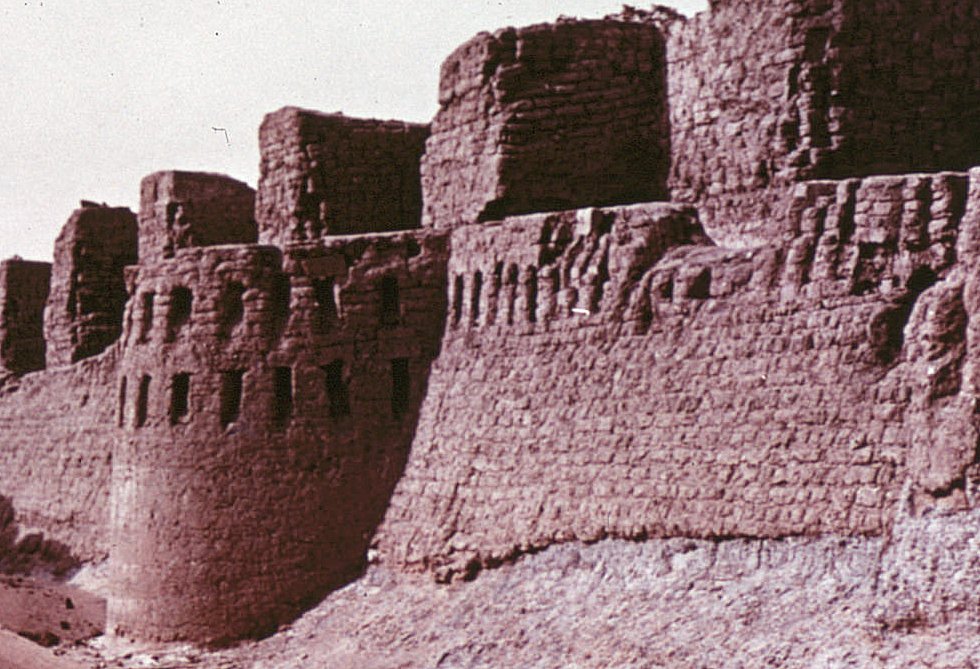
Fort Buhen does not exist today; it is submerged under the waters of Lake Nasser. Image credit: Photographer: Alexandros Tsakos
The fortress was surrounded by a 3-meter-deep moat , strengthened by bastions, equipped with catapults, ramparts, loopholes and additionally protected by drawbridges.
See also:
Meidum: Collapsed Pyramid Of Great Builder Pharaoh Snofru
Despite its massive structure, Buhen was one of several large forts designed not only for military purposes. The structure had also another important function, namely, it protected important trade routes to Egypt from the south.
It is believed that Buhen may have been established during the reign of Sneferu (Snofru) (4th dynasty). However, there is evidence of still earlier occupation at Buhen around the 2nd dynasty.
In the 1960s, archaeological excavations at Buhen North revealed a fortified town dated to the 4th Dynasty and an ancient copper 'factory', during the Old Kingdom (about 2686–2181 BC). Graffiti and other inscribed items from the site show that the Egyptians stayed about 200 years, until late in the 5th dynasty. During the New Kingdom (1550-1069 BC), Queen Hatshepsut ordered to build a temple of Horus at Buhen.
Before the construction of the Aswan Dam began in 1964, the temple of Horus was moved to Sudan.
Fort Buhen does not exist today; it is submerged under the waters of Lake Nasser.
Copyright © AncientPages.com All rights reserved. This material may not be published, broadcast, rewritten or redistributed in whole or part without the express written permission of AncientPages.com
K. A. Bard, An Introduction to the Archaeology of Ancient Egypt






